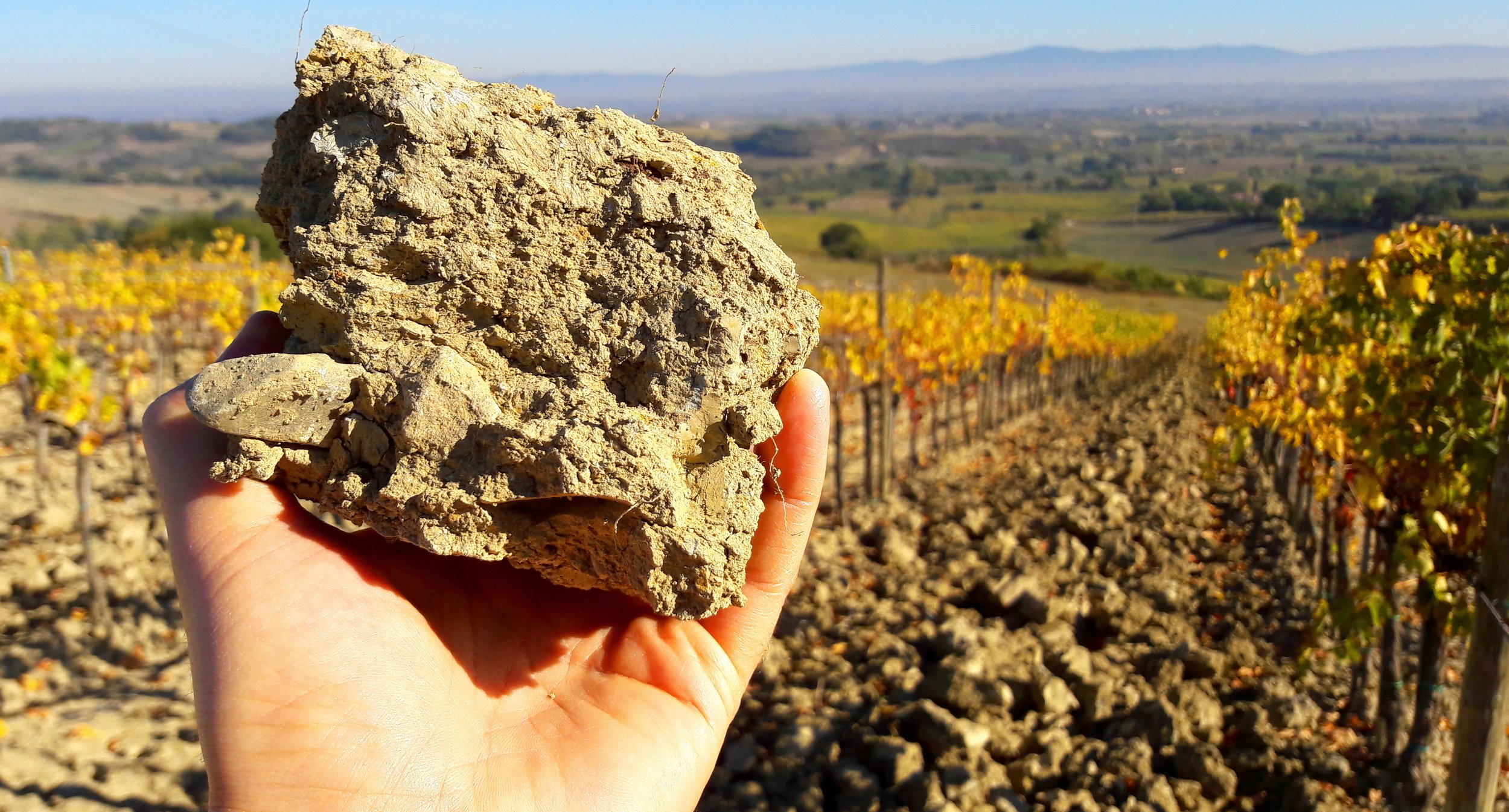Organic, Sustainable, and Biodynamic…Oh My!
By Tim Powers
Over the last few decades there has been a substantial increased awareness of what we put into our bodies. Americans have, from 1994 to 2014, more than doubled our purchases of organic or all natural food products, with about 4% of all food sales in the US being organic goods. Whether it’s worrying about where our food or drink came from, or concerning ourselves with how its production and transportation affects our environment and planet as a whole, we have sought to have a more hands on approach in order to make the best decisions for ourselves and our communities. But how does this translate into the world of wine?
Wine makers, distributors, and retailers have started using terms such as organic, all natural, sustainable, and biodynamic to accentuate their wines in the eyes of the picky consumers, but what do these terms really mean, and how can we know if there is any truth behind them? In order to weed out the substance from the advertising, it is important to understand the laws and restrictions in place that provide accountability to these practices in the wine industry.
‘Organic’ is a term that means different things depending on the wine’s country of origin. In the United States, wines labeled ‘Organic’ are made with grapes grown without the use of artificial chemical fertilizers, pesticides, fungicides, and herbicides, with strict regulations on which additives can be added during the wine making process. For example, although most wines contain some levels of sulfites, a naturally occurring preservative created as a by-product of fermentation, wines labeled as ‘Organic’ in the US are not allowed to have any added sulfites. This differs from the labeling laws of the European Union, which require that wines labeled as ‘Organic’ follow the same growing restrictions as the US, but allow for varying amounts of added sulfites depending on the product.
Because of this discrepancy, ‘Made with Organic Grapes’ is a term that exists in the US, but not the EU, and means that the wines were made using 100% organic grapes, but have up to 100ppm of added sulfites. Both the phrase ‘Made with Organic Grapes’ and the term ‘Organic’ are regulated by the National Organic Program through the US Department of Agriculture, with strict penalties and harsh fines in place for attempting to deceptively market their products as such.
In a similar vein, while wines labeled as ‘Sustainable’ have a specific list of objectives for certified producers, there are a variety of certifying bodies, meaning it can quickly become murky in sifting out what exactly is in the bottle. To quote Sandra Taylor, author of The Business of Sustainable Wine, the practice of sustainability is, at its core, “the integration of environmental health, social equity, and economic vitality in order to create thriving, healthy, diverse, and resilient communities for this generation and generations to come.” This broad spectrum brings the focus to all impacts of the wine industry: the people growing and making the wine, the water and resources used to grow the wine, the energy used in the vineyard and winery, and the transportation impact of shipping the wine are but a few of the important global and cultural impacts that must be considered. This all-encompassing mindset serves to bring into frame a larger perspective than seen in Organic certified practices.
Most sustainable certifying organizations are country, if not region, specific. While there are organizations such as the Sustainable Wine Roundtable who seek to unify these practices and standards to a global scale, one needs to do a bit of digging to determine what exact regulations the bottle that they’re holding has had to meet to use their specific sustainable label. A few of the most commonly seen labels in the United States include ‘Certified Sustainable’, overseen by the California Sustainable Winegrowing Alliance, ‘Sustainability in Practice’, overseen by SIP Certified, and ‘LIVE Certified Sustainable’ overseen by Napa Green.
To add another layer to this already complex mire, wines can also be labeled as ‘Biodynamic’. According to the Biodynamic Association, these wines are made using a “holistic, ecological, and ethical approach to farming, gardening, food, and nutrition”, and follow practices set forth by the founder, Dr. Rudolf Steiner, in 1924. Although slightly more esoteric than traditional farming and wine-making practices, vineyards and wineries following this philosophy believe in the cohesiveness of a vineyard, considering its surrounding plant, animal, and human life as one living organism.
Additionally, there is a focus on diverse plant and animal life within a biodynamic vineyard, in order to create a symbiotic ecosystem of contributing flora and fauna. Furthermore, biodynamic farms work to live in rhythm with not only the surrounding environment, but also the surrounding cosmos, including the Earth as a whole, the Sun, Moon, orbiting planets, and the stars, to integrate the subtle effects they believe have on a vineyard. Wines labeled as Biodynamic in the United States are certified by the Demeter Association, who work with vineyards and wineries to maintain a strict set of practices.
Although there are a number of different terms, labels, and certifying bodies in the world of organic, sustainable, and biodynamic wines, it is crucial to research and seek out these wines in order to support ethical and agriculturally sustainable industries. As the wine industry continues to grow, it is vital to prioritize vineyards and wineries that are doing their part to create and sustain a renewable business model. As wine is, at its core, an agricultural and cultural product, it ties intimately into our lives and our planet as our whole, and we as consumers must feel inspired, and obligated, to continue our push to further these practices.
Sources:
Organic market summary and trends. USDA ERS - Organic Market Summary and Trends. (2022, May 6). Retrieved July 22, 2022, from https://www.ers.usda.gov/topics/natural-resources-environment/organic-agriculture/organic-market-summary-and-trends/

